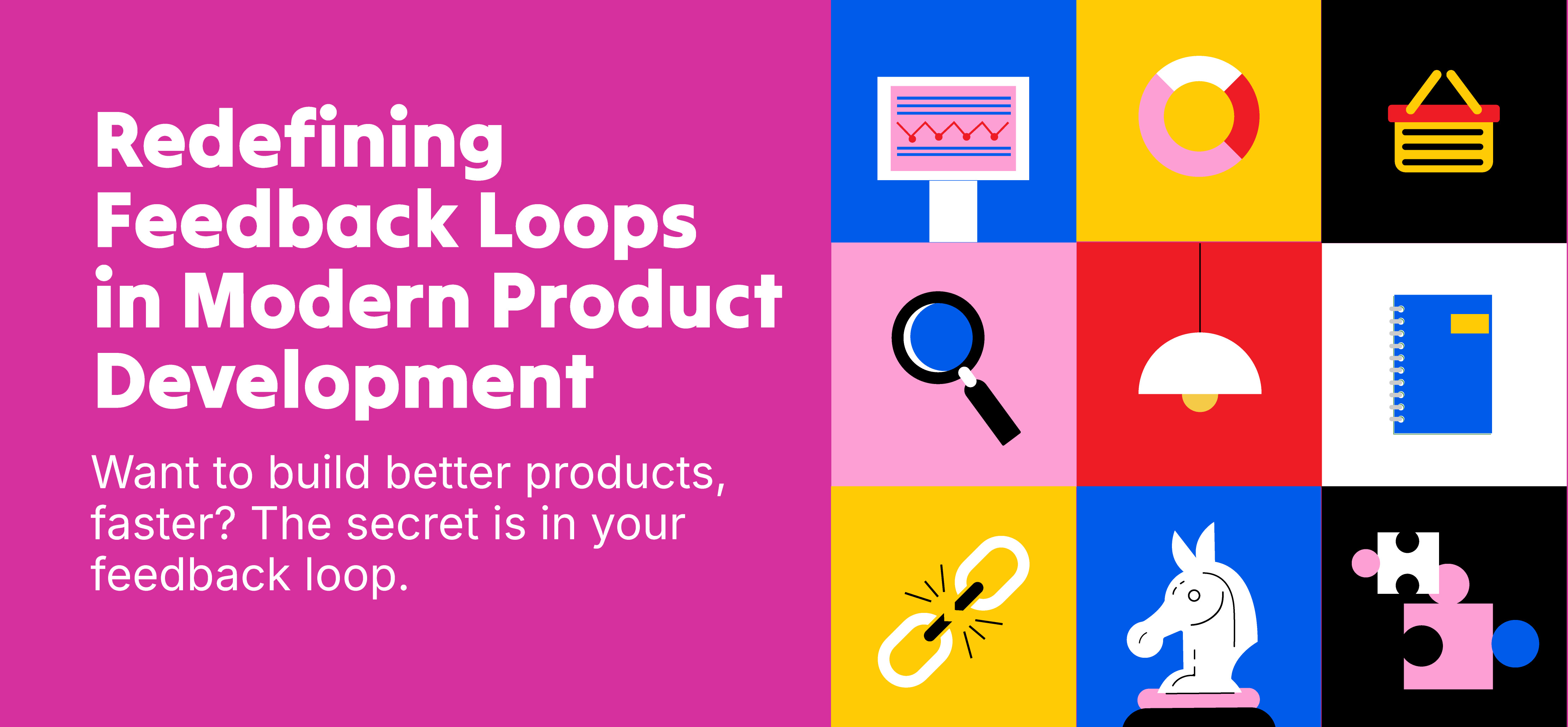Redefining Feedback Loops in Modern Product Development

When it comes to modern product development, one thing is clear—feedback is the lifeblood of progress. Continuous feedback loops are no longer a "nice-to-have"; they’re an absolute necessity for delivering high-quality products that delight users. From feature development to bug fixes, leveraging actionable insights allows teams to move faster and smarter.
But, despite their importance, many product teams struggle to collect and act on feedback efficiently. Bug reports get lost in endless Slack threads, user comments are scattered across email chains, and meaningful insights slip through the cracks. That’s where redefining feedback loops comes in—and where tools like JotGo are changing the game.
This blog will explore how continuous feedback loops improve product quality and user experiences, the relationship between bug reporting and actionable insights, and how JotGo simplifies feedback collection and management.
Continuous Feedback Loops: The Secret to Better Products
At its core, a feedback loop is about listening, learning, and iterating. It’s the cycle that turns user insights into stronger, smarter products.
Why Feedback Loops Matter
- Better Decision-Making
When teams have consistent feedback at every stage of development, decisions are grounded in real-world data. You’re not guessing what users need—you know what they want and expect.
- Accelerated Iteration
Continuous feedback allows teams to catch and fix issues early. Instead of discovering problems after a feature is live, developers can pivot quickly during sprints.
- Enhanced User Experiences
Frequent input from users uncovers pain points and areas to improve. Every piece of feedback brings you closer to creating a product that users love and trust.
Rhetorical question: Does that sound like something your product could benefit from? The answer, of course, is yes.
Creating Smarter Feedback Loops
An effective feedback loop consists of four stages:
- Collection – Gather feedback from all relevant sources (users, stakeholders, internal teams).
- Analysis – Categorize and prioritize the input to identify patterns and key insights.
- Action – Implement changes or improvements based on the analysis.
- Review – Measure the results of the changes and evaluate their effectiveness.
The Role of Bug Reporting in Actionable Insights
Bug reporting isn’t just a technical necessity—it’s a critical component of your feedback loop. Bugs impact user satisfaction, and resolving them quickly can mean the difference between a loyal customer and one who churns.
Why Traditional Bug Reporting Fails
Think about your typical bug reporting process. Users or testers may need to fill out cumbersome forms, or they might stick to vague comments like, "The login isn’t working." Developers often receive incomplete details, leading to long back-and-forth conversations to diagnose the issue.
The result? Frustrated users, irritated dev teams, and slower progress.
Turning Bug Reports into Actionable Insights
A well-defined feedback loop captures clear, meaningful information from the moment an issue is identified. The goal is to reduce friction in reporting and give developers the complete context they need to resolve problems faster. Key features that facilitate actionable bug reporting include:
- Screenshots or screencasts attached by default
- Automatic system/environment data capture
- Simple, user-friendly forms for non-technical users
- Categorization and tagging tools to prioritize reports easily
Enter JotGo: Simplifying Feedback Collection and Management
This is where JotGo transforms the process. With its seamless interface and intelligent features, JotGo bridges the gap between what users experience and what developers need to act.
How JotGo Redefines Feedback Loops
- Automatic Context Capture
JotGo automatically captures all the details your developers need—browser version, device type, operating system data, and even user steps leading to the bug. No more missing information.
- Instant Reporting with One Click
Instead of opening endless ticket forms, users can report bugs or feedback with a single click. JotGo streamlines the whole process, ensuring faster and clearer communication.
- Effortless Insights for Developers
Developers get detailed bug reports without chasing people for clarification. Plus, JotGo integrates with tools like Jira, Trello, and Slack so feedback aligns with your existing workflow.
- Community-Centric Features
Beyond just bug reporting, JotGo supports surveys and live polls to gather broader user feedback, ensuring that you’re tackling technical and experiential challenges head-on.
Why Teams Love JotGo
- Clarity – No more incomplete or confusing bug reports.
- Speed – Issues are identified and resolved faster, thanks to detailed, actionable insights.
- Collaboration – JotGo helps bridge the communication gap between users, testers, and developers.
Rhetorical question: Tired of endless email threads and vague feedback? JotGo eliminates the guesswork so your team can focus on what matters—building solutions.
Putting it All Together
Redefining feedback loops isn’t just about reporting bugs—it’s about creating a culture of continuous improvement that touches every corner of your product development process.
- For product managers, this means making smarter decisions with real-time insights.
- For developers, this means working with clarity and precision, not frustration.
- For users, this means feeling seen, heard, and valued.
With tools like JotGo, feedback collection becomes effortless, and actionable data becomes commonplace.
Take the First Step Toward Better Feedback
A modern feedback loop isn’t just an operational upgrade—it’s a competitive advantage. Start improving your product quality and user experiences today with JotGo.
Try JotGo for free and simplify your feedback process. Something as easy as one click can make a world of difference.











